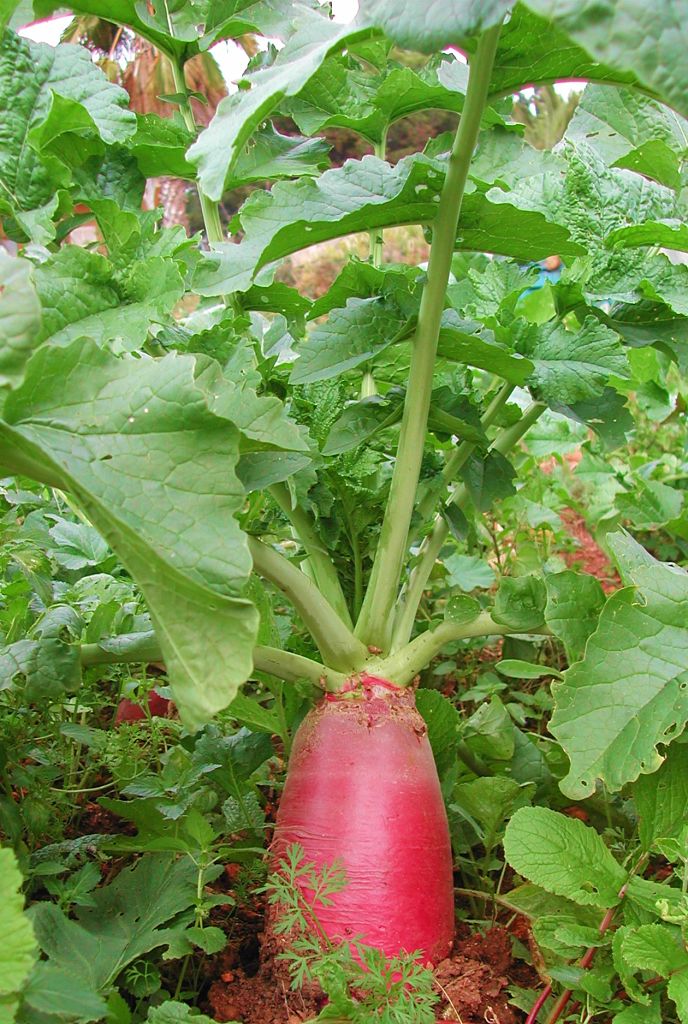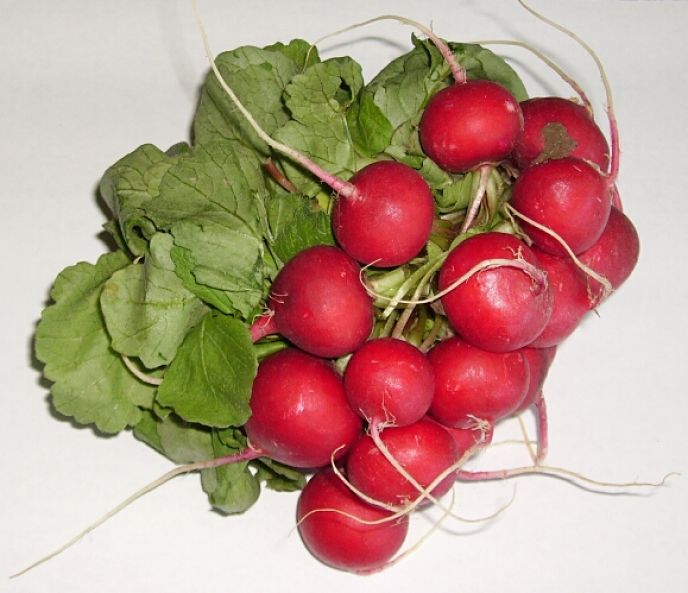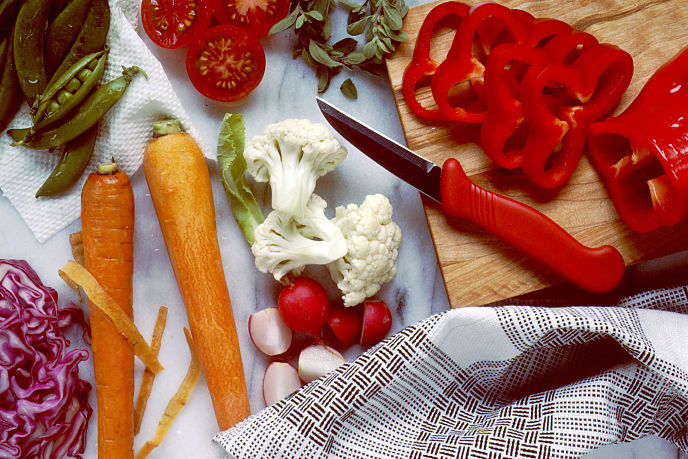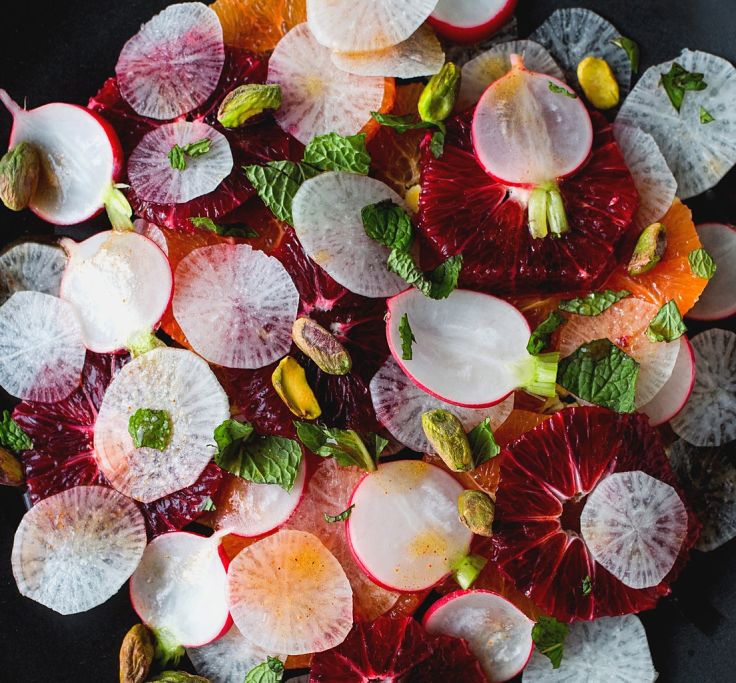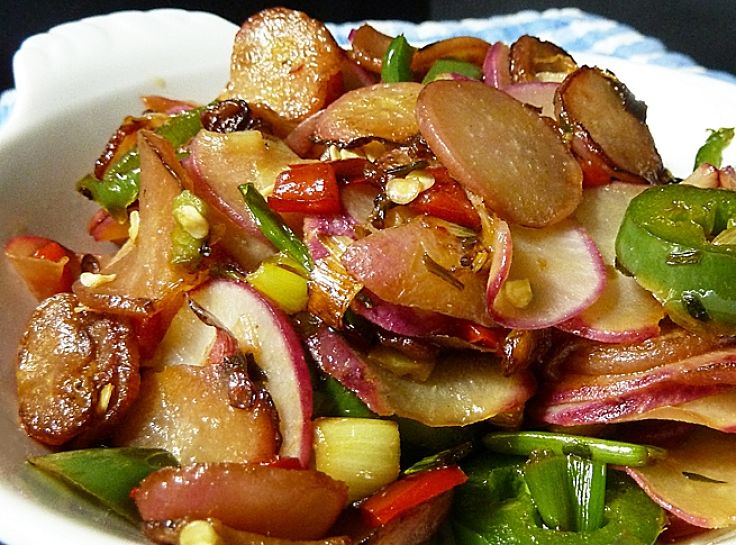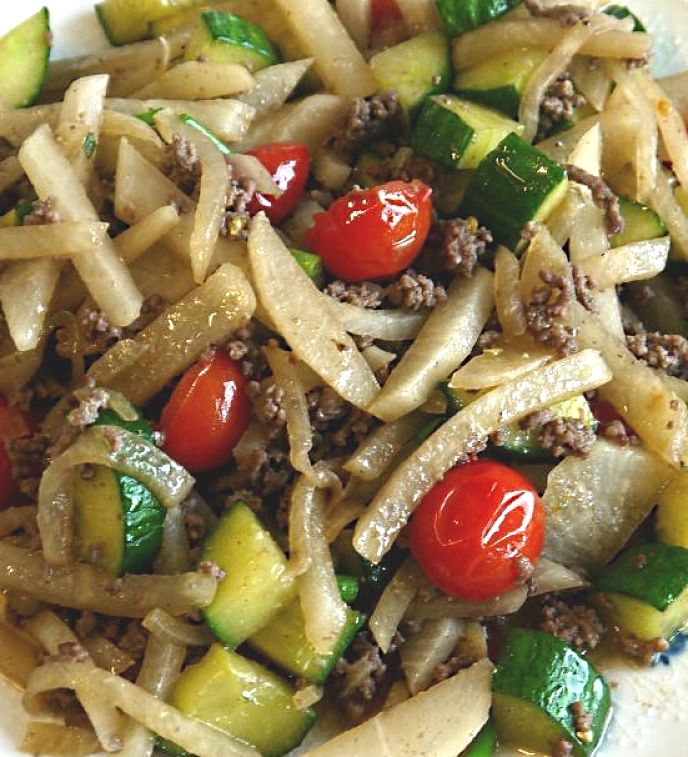Health Benefits of Radishes, Nutrition Facts and Uses
Radishes come in a variety of colors from blushing pink, to scarlet, to purple and blue. They can be round or elongated. Radishes have a mustard and pepper taste, that adds zing to any fresh salad.
They are quick and easy to grow and they are often one of the first crops from a newly established garden. Radishes are also good for you, being low in calories, but packed with valuable fiber, Vitamin C and a range of antioxidants and minerals. Radishes are versatile and have many uses apart from being eaten raw in salads.
This article summarizes the health benefits of radishes and their nutrition facts in comparisons with horseradish and a range of vegetables: Lotus Root, Carrot and Turnip Root. It showcases the many uses for radishes and how to grow them in your own garden.
Health Benefits of Radishes
The nutrients in radish and horseradish are shown in the table at the end of the article. Which also includes data for carrots, turnips and Lotus roots.
Radishes are thought to have originated in China, but are now grown all around the world. They belong to the family and are related to mustards, broccoli, cabbage, cauliflower, turnip, Chinese cabbage, and horseradish.
Raddishes have high water contents and one of the lowest calories of any of the common root vegetables. Fresh radish roots only have 16 calories per 100 g, only one half or one third of the calories in other vegetables (Carrots 4, Horseradish 48, Lotus Root 74 and Turnip Root 28 Calories per 100g). Despite the high water content and low calories radishes and an excellent source of vitamins, anti-oxidants and minerals.
Fresh radish roots contain about 15 mg of vitamin C per 100 g, double that of carrots. Radishes are a good source of folates, riboflavin, thiamin vitamin B-6, in levels comparable with other vegetables.
Radishes are a good source of and minerals, including iron, copper, magnesium and calcium.
Radish contains an isothiocyanate anti-oxidant compound called sulforaphane and the phytonutrients carotene and lutein-zeaxanthin that help the body fight infections.
The total power of antioxidants in radishes, measured as ORAC (oxygen radical absorbance capacity), is 1736 micro mole Trolex equivalents/100 g.
Selecting, Preparing and Culinary Uses of Radishes
Look for radish roots that firm in texture and have a bright color and appearance without cuts and blemished.
The greens at the top should be fresh and bright green, not withered and yellow.
To prepare them for a salad or a cooked dish, remove the tops (which can be set aside and used) and wash the bulbs thoroughly in clean water to remove any soil and contaminants.
It is best not to peel them as many of the nutrients as associated with the outer layers and the skin.
Here are some serving tips:
Radishes are mostly eaten raw either whole or thinly sliced in salads with carrots, lettuce, tomatoes, beets and cucumber. The radishes add an extra spicy taste to salads.
Slice or quartered radishes can be mixed with other vegetables and steamed, stir fried or sautéed with mint or other herbs.
Radished combine well with fish and mushroom dishes.
The green top can be mixed with other greens like spinach and turnip greens and used when preparing of soups, curries and as a side dish.
Growing Radishes in Your Garden
Radishes are one of the quickest and easiest vegetable to grow. Dig the soil to a depth of about 6 inches (15 cm) and make shallow (1/2 inch; 1 cm) furrows with the handle of a trowel or even your finger. Space seeds about 1 inch (2 cm) apart; cover the seed with soil and pat down. Water gently and thoroughly.
Plant one extra row each week so you have a continuous supply. When the seedlings are established remove every second one so the seedlings are 2 inches apart (5 cm). Harvest as soon as the round or elongated roots mature(2-3 weeks).
They can be eaten when immature, but the oversize and over-mature radishes become tough or woody.
Nutrient Facts for Radish and Horseradish compared with Carrot Laotus Root and Turnip
| Nutrients in 100 g | Radish | Horseradish | Carrot Root | Lotus Root | Turnip Root |
|---|---|---|---|---|---|
| Energy | 16 Cal | 48 Cal | 41 Cal | 74 Cal | 28 Cal |
| Carbohydrates | 3.40 g | 11.29 g | 9.58 g | 17.23 g | 6.43 g |
| Protein | 0.68 g | 1.18 g | 0.93 g | 2.60 g | 0.90 g |
| Total Fat | 0.10 g | 0.69 g | 0.24 g | 0.10 g | 0.10 g |
| Cholesterol | 0 mg | 0 mg | 0 mg | 0 mg | 0 mg |
| Dietary Fiber | 1.6 g | 3.3 g | 2.8 g | 4.9 g | 1.8 g |
| Vitamins | |||||
| Folates | 25 mcg | 57 mcg | 19 mcg | 13 mcg | 15 mcg |
| Niacin | 0.25 mg | 0.38 mg | 0.98 mg | 0.40 mg | 0.40 mg |
| Pantothenic acid | 0.09 mg | 0.27 mg | 0.38 mg | 0.20 mg | |
| Pyridoxine | 0.07 mg | 0.07 mg | 0.14 mg | 0.26 mg | 0.09 mg |
| Riboflavin | 0.04 mg | 0.02 mg | 0.06 mg | 0.22 mg | 0.03 mg |
| Thiamin | 0.01 mg | 0.06 mg | 0.16 mg | 0.04 mg | |
| Vitamin A | 7 IU | 2 IU | 16706 IU | 0 IU | 0 IU |
| Vitamin C | 14.8 mg | 24.9 mg | 5.9 mg | 44 mg | 21 mg |
| Vitamin E | 0 mg | 0.03 mg | |||
| Vitamin K | 1.3 mcg | 13.2 mcg | 0.1 mcg | ||
| Electrolytes | |||||
| Sodium | 39 mg | 314 mg | 69 mg | 40 mg | 39 mg |
| Potassium | 233 mg | 246 mg | 320 mg | 556 mg | 233 mg |
| Minerals | |||||
| Calcium | 25 mg | 56 mg | 33 mg | 45 mg | 30 mg |
| Copper | 0.05 mg | 0.06 mg | 0.04 mg | 0.26 mg | 0.08 mg |
| Iron | 0.34 mg | 0.42 mg | 0.30 mg | 1.16 mg | 0.30 mg |
| Magnesium | 10 mg | 27 mg | 12 mg | 23 mg | 11 mg |
| Manganese | 0.07 mg | 0.13 mg | 0.14 mg | 0.26 mg | 0.13 mg |
| Phosphorus | 31 mg | 35 mg | |||
| Zinc | 0.28 mg | 0.83 mg | 0.24 mg | 0.39 mg | 0.27 mg |
| Phyto-nutrients | |||||
| Carotene-alpha | 0 mcg | 3427 mcg | 0 mcg | 0 mcg | |
| Carotene-beta | 4 mcg | 1 mcg | 8285 mcg | 0 mcg | 0 mcg |
| Lutein-zeaxanthin | 10 mcg | 10 mcg | 256 mcg | 0 mcg |
